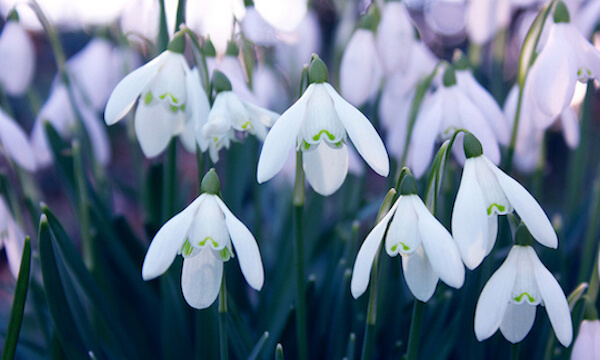January marks a good time to change bad habits. It’s good first to review them, and ask yourself, are there bad habits you want to move away from? Also, maybe there are some good habits that you’d like to develop.
How the brain works
There’s been a lot written recently about how neural pathways are created in the brain and there’s been a discovery that there is a part of the brain, called the basal ganglia, that controls habits. If this area didn’t exist, or was impaired, life would overwhelm us with all the minutiae of decisions we’d have to make – e.g. our route to work, the order of how we get ready to go out in the morning etc.
How habits work
Neuroscientists have looked at how habits work. There is a cue, a routine and a reward system in play. For example, the cue might be passing a coffee shop on the way to work, and the reward the caffeine kick you get out of the coffee (or sugar kick, if you stop for something sweet). It is the routine of going that way past that coffee shop that starts off the habit. After creating this routine, the basal ganglia then creates a very strong neural pathway in the brain to mean that we feel compelled to carry on this action, so it becomes a habit. It’s a useful exercise to notice and start to be conscious of habits, and it’s the first step you’ll need to take if you want to change them.
With bad habits, by disrupting either the cue, routine or by allowing a different reward, you can start to shift yourself onto another course of action, away from the habit.
Developing good habits
By using the same method i.e., the cue, routine and reward, it is possible to lay the groundwork for developing good habits. For example, if you want to increase your levels of exercise, develop a cue (e.g. getting home from work), a routine (e.g. going for exercise) and finally a reward (e.g. the feeling you get after exercising, which is also brain-related, it’s an increase in dopamine and endorphins).
To make the new habit strong, you’ve got to use the power of neuroplasticity, i.e. you’ve got to repeat it over and over again. Then it becomes hard-wired. It can take three to six months before the new habit comes more natural than the old.
Changing bad habits
Noticing bad habits and knowing how to change them, therefore not succumbing to their power is a life-long skill. It is easier said than done, you have to understand what the cue is for the habit, is it location, time, emotional state, other people or an immediately preceding action? It may take a little experimentation to discover this.
Further reading: The Power of Habit, Charles Duhigg (2012)
If you would like help with changing your habits, coaching can really help. I’d love to help you with this, my email is lisa@lisastonecareersandcoaching.co.uk
You can also use the contacts form to get in touch with me.

